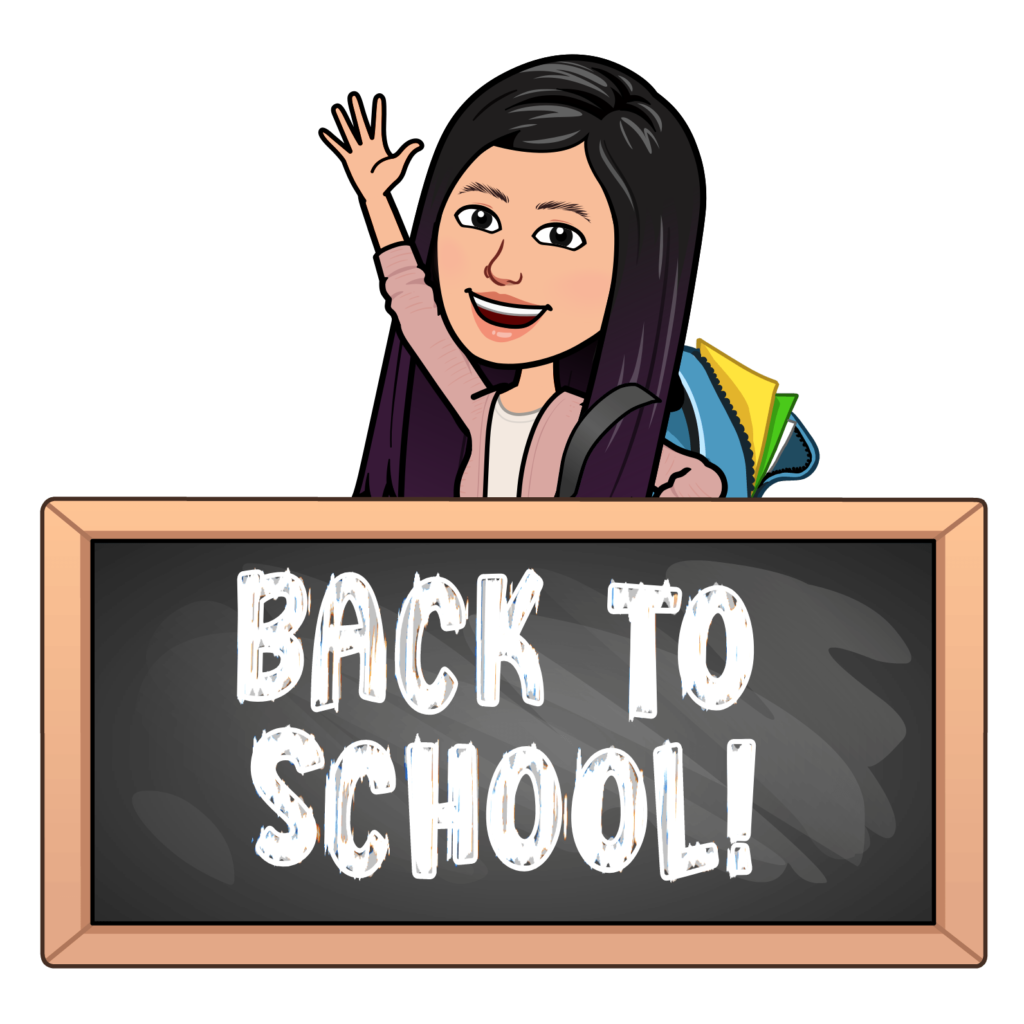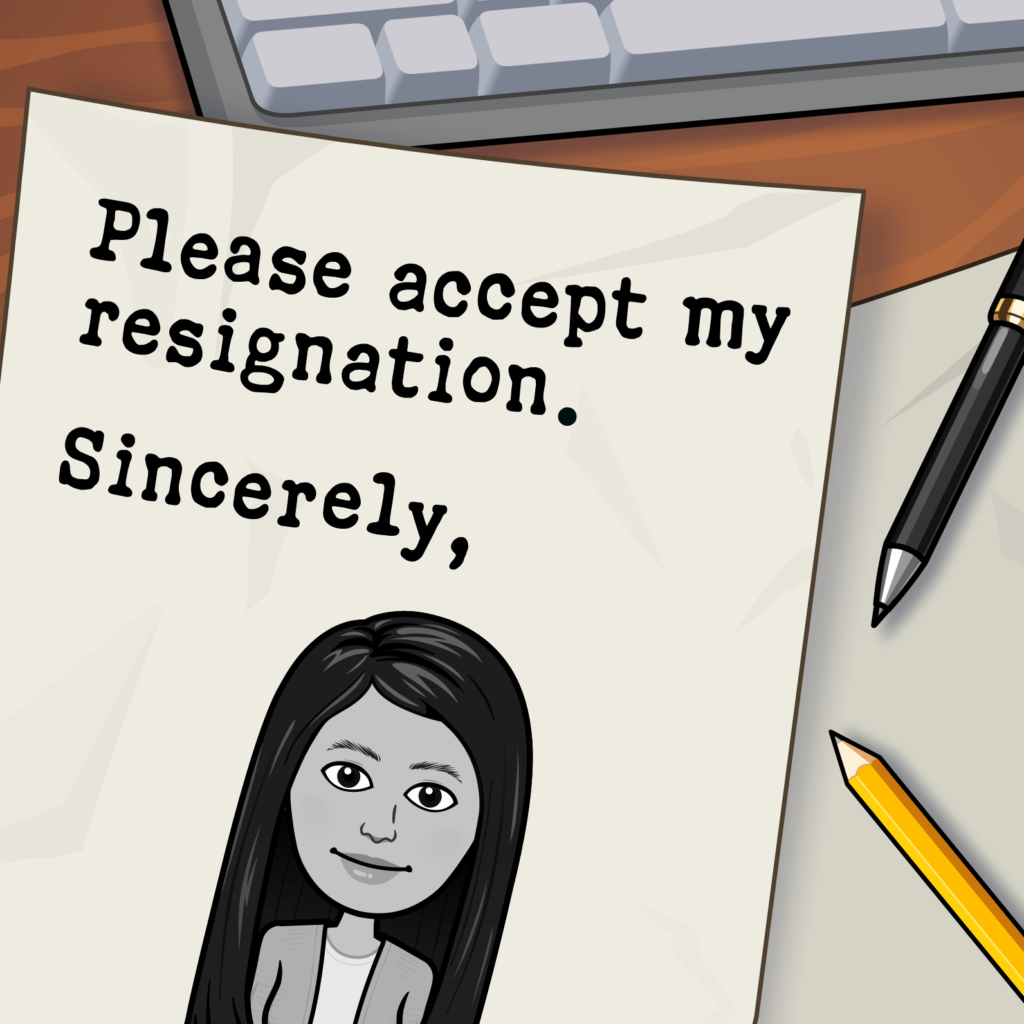Hello! My name is Alicia Low, and I have worked for 2 years as an SEL Coordinator in Kuala Lumpur, Malaysia.
Here are commonly asked questions about my role, and please feel free to add more in the comments!
The Role
What do you do as an SEL coordinator?
I lead my school’s social-emotional learning initiative. My team and I run a schoolwide program for all students, teachers and the wider community.
My work involves:
- Goal-setting and providing direction for the program
- Project and budget management
- Shaping a positive school climate and culture
- Curriculum development
- Teacher training and professional development
- Running workshops for students, staff, alumni, families and community members
- Monitoring and evaluation of systemic implementation
It is such a wonderful job and I feel blessed to serve in a school where SEL is valued and prioritised!
What qualifications do you need to be an SEL coordinator?
A Bachelor’s degree is required, and I feel like my academic background in psychology has provided a good foundation. Teaching experience is highly desired.
In this role, I had the opportunity to obtain a Certificate in SEL Leadership from Saint Elizabeth University, while my colleagues obtained a Certificate in SEL Instruction from Rutgers University. The Academy for SEL in Schools is a partnership between the two universities, developed with funding from SAS and the NoVo Foundation.
If you’re exploring professional learning options, be sure to check out my post: Free Social-Emotional Learning (SEL) Professional Development.
When I stepped into this role, I also found it useful to learn about project management and procurement.
What are the highlights and challenges in your role?
Highlights:
- It has been such a rewarding journey to set the direction for our SEL program. My role has given me the opportunity to go behind-the-scenes of school leadership and administration, and think about how to improve school culture and climate. We are still riding the aftershock of the pandemic, and there are a whole host of issues to deal with. Students need better social and emotional skills, as well as strong mental health and welfare support. SEL is a huge part of the solution, and teachers need to be trained and equipped to support students.
- Being a pioneer can be challenging, but my job is made easier because my school is so invested in SEL. This means that the school leaders recognise the importance of SEL, and devote a certain amount of time, manpower and finances to the SEL program. SEL is a formal subject in the official school schedule, and teaching SEL is included in the job description for all teachers. Without this top-down endorsement, it would be an uphill battle to get buy-in for program implementation.
- Working in a team has been an incredible experience. I lead a team of 3 people, and we work closely with the mental health and social welfare staff to provide holistic care for all students. I love that we have a shared vision and we work collaboratively to achieve it. Beyond my immediate team, I appreciate working in a community of people who are passionate about serving underprivileged children and youth. I have been deeply inspired by my colleagues!
Challenges:
- It has been near impossible to find a suitable SEL curriculum for the school. After researching various curricula, we found that existing materials may not be the best fit for our lesson duration and cultural context. For example, in our country, we do not face issues like gun control and school violence. My school, specifically, also does not have a playground; we found that many SEL curricula include lessons on turn-taking and addressing bullying on the playground.
- In the normal course of my role, there are limited opportunities to journey with students. I have the heart of an educator, and I derive the greatest joy and satisfaction from seeing students grow. So it’s been challenging to not have students to call my own. Nevertheless, I often run workshops, participate in youth camps, and teach substitute lessons — which brings me back into the classroom.
The Context
Where do you work? What is the student population?
I am based in Kuala Lumpur, Malaysia.
My organisation is a learning centre that serves students from Preschool to Form 5 (Grades K-12). Most students come from underprivileged and marginalised backgrounds. Our school places equal emphases on academic achievement, character-building, and employability and skills training.
The Program
Who teaches SEL?
All teachers are SEL teachers. By default, SEL is taught by the homeroom teacher of each class. This is highly encouraged as homeroom teachers would be most privy to arising issues in each class, and SEL lessons can be adapted to address important matters.
What is the best SEL curriculum?
The best SEL curriculum is the one that meets the needs of the students. In our school, we tested a few options, and eventually decided to create our own curriculum.
Have a look at the CASEL database! You may want to explore curriculums with the SELect designation.
How do you measure social-emotional competence?
Measuring SEL is supremely tricky, in my opinion. CASEL cautions that “assessment of social-emotional competencies and SEL practices, when not implemented with a strengths-based, growth-oriented focus, can be more harmful than helpful” (2019).
In our school, the SEL ‘grade’ reflects students’ class participation, task completion, and project-based assessments. In the younger age groups, teachers use their judgement to discern whether or not students have demonstrated target SEL skills.
Teachers in our school complete the personal SEL reflection (CASEL, 2021) on an annual basis as a self-reported measure.
Overall, there are things in place, each with its strengths and limitations. If any readers are keen, I would love to have a conversation about best practices in SEL assessment!
The Spillover
How can we integrate SEL into academics?
SEL can be integrated into academics when teachers make a conscious effort to set SEL learning objectives, and when teachers seize teachable moments to facilitate application of SEL skills.
Teachers need to believe in the power of SEL to enhance academic outcomes.
How do teachers consistently model social and emotional skills in and out of the classroom?
School leaders play a huge role in shaping a school culture and climate where teachers view themselves as role models. Leaders must often speak about school values and develop a common understanding about the meaning of those values.
Hire the right people. If you hire teachers who resonate with the school values and desired SEL outcomes, they will naturally model positive behaviours in and out of the classroom. Once you have the right people, train them to identify and demonstrate social-emotional skills in their own lives. Train them to teach SEL with their whole hearts.
In class, teachers can use think alouds to teach students how to apply SEL skills. They can acknowledge and celebrate students who demonstrate SEL skills. When we speak about SEL and bring it into the spotlight, it sends the message that this is important.
Outside the classroom, teachers must be intentional about how they carry themselves and how they interact with others. Even in their personal lives, SEL can have an impact on how they cultivate deeper self-awareness, self-management, social awareness, relationship skills, and responsible decision-making.
Is SEL related to mental health?
The multi-tiered system of supports (MTSS) model includes social-emotional learning as a Tier 1 universal support. I view SEL programs as a preventative measure that helps all students to develop stronger emotional resilience and social competence.
Mental health professionals come into the picture when further intervention is required. For example, when a student experiences depressive symptoms or encounters a traumatic event. Neurodiverse students may also have challenges with social or emotional skills, and may need therapeutic intervention.
Taking Action!
I want to implement SEL in my school! Where do I start?
If you are a teacher, start in your class! You can use homeroom sessions to teach SEL. You can start lessons with a mindful minute. You can end the week with a gratitude circle. Choose one activity and implement it consistently.
When you find something that works in your context, share it with your colleagues and advocate for schoolwide practice. Start small, and see how it grows!



